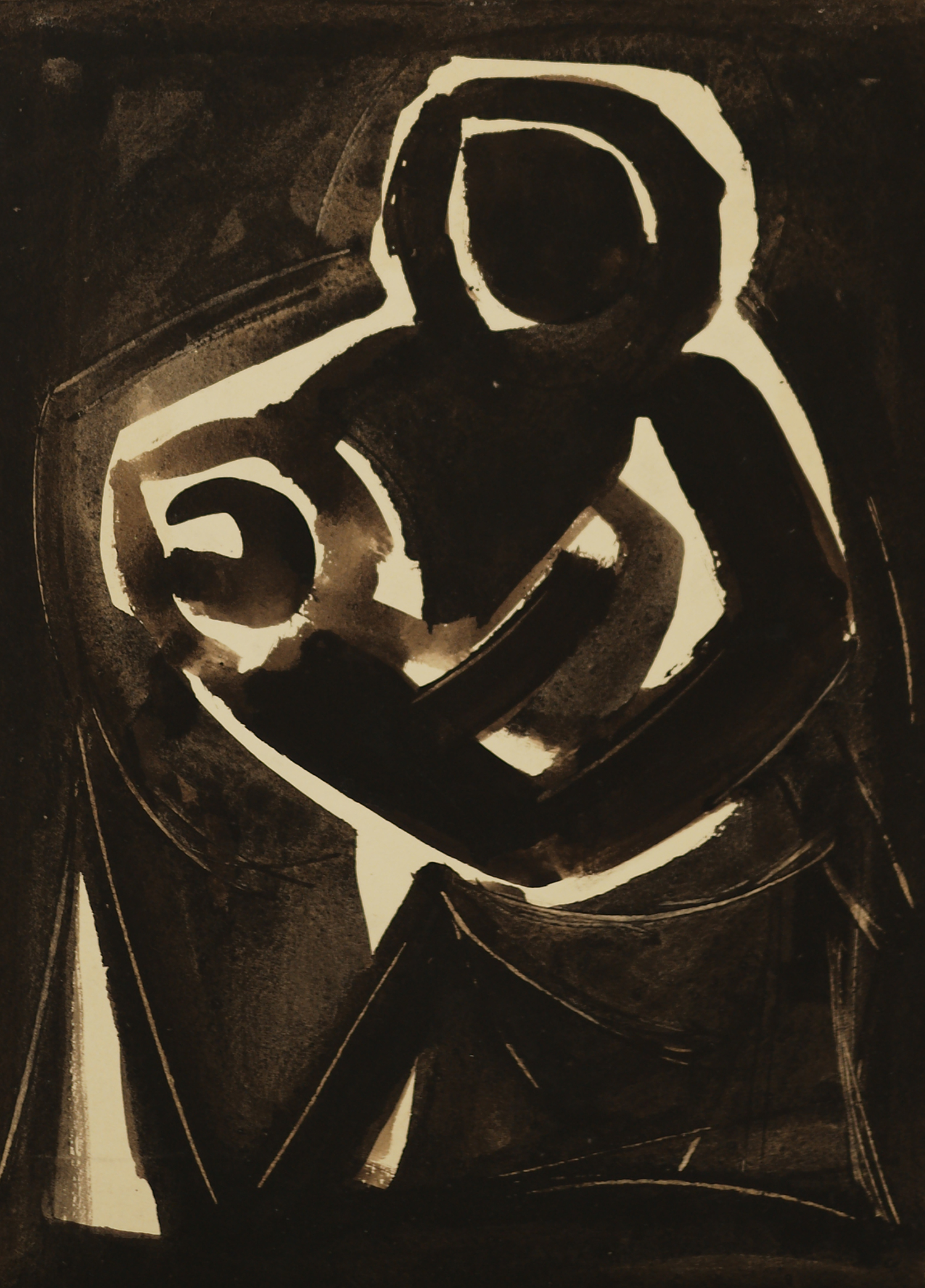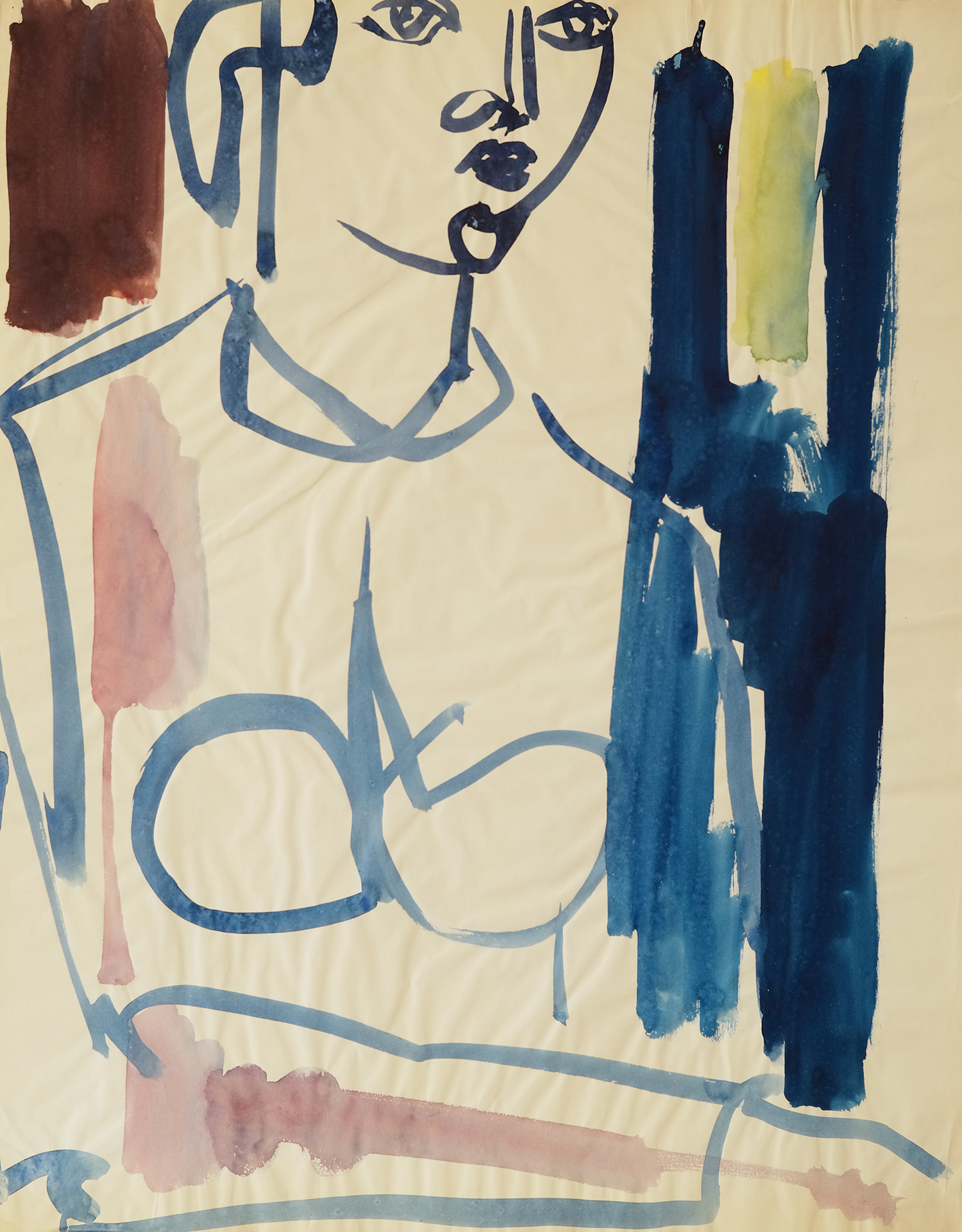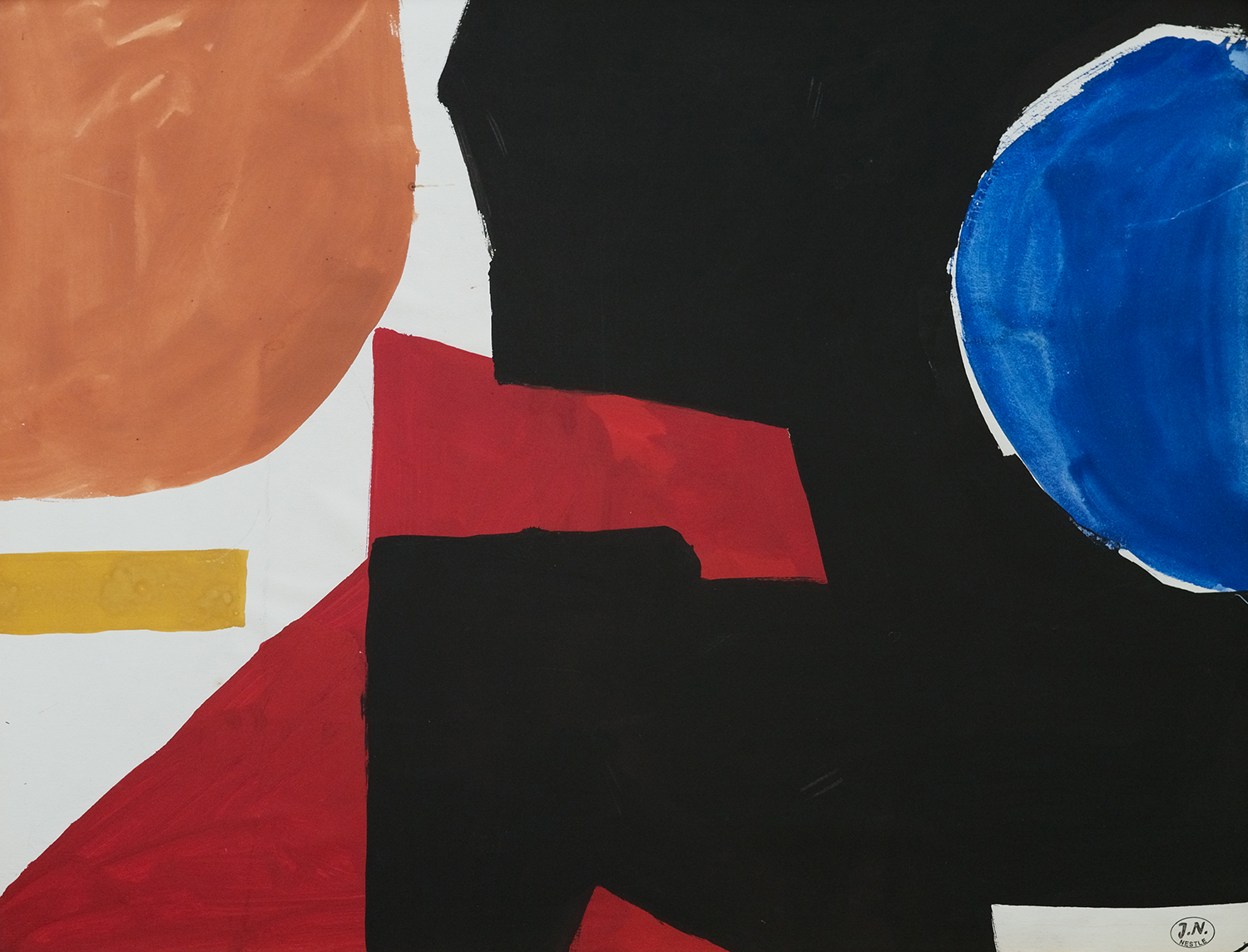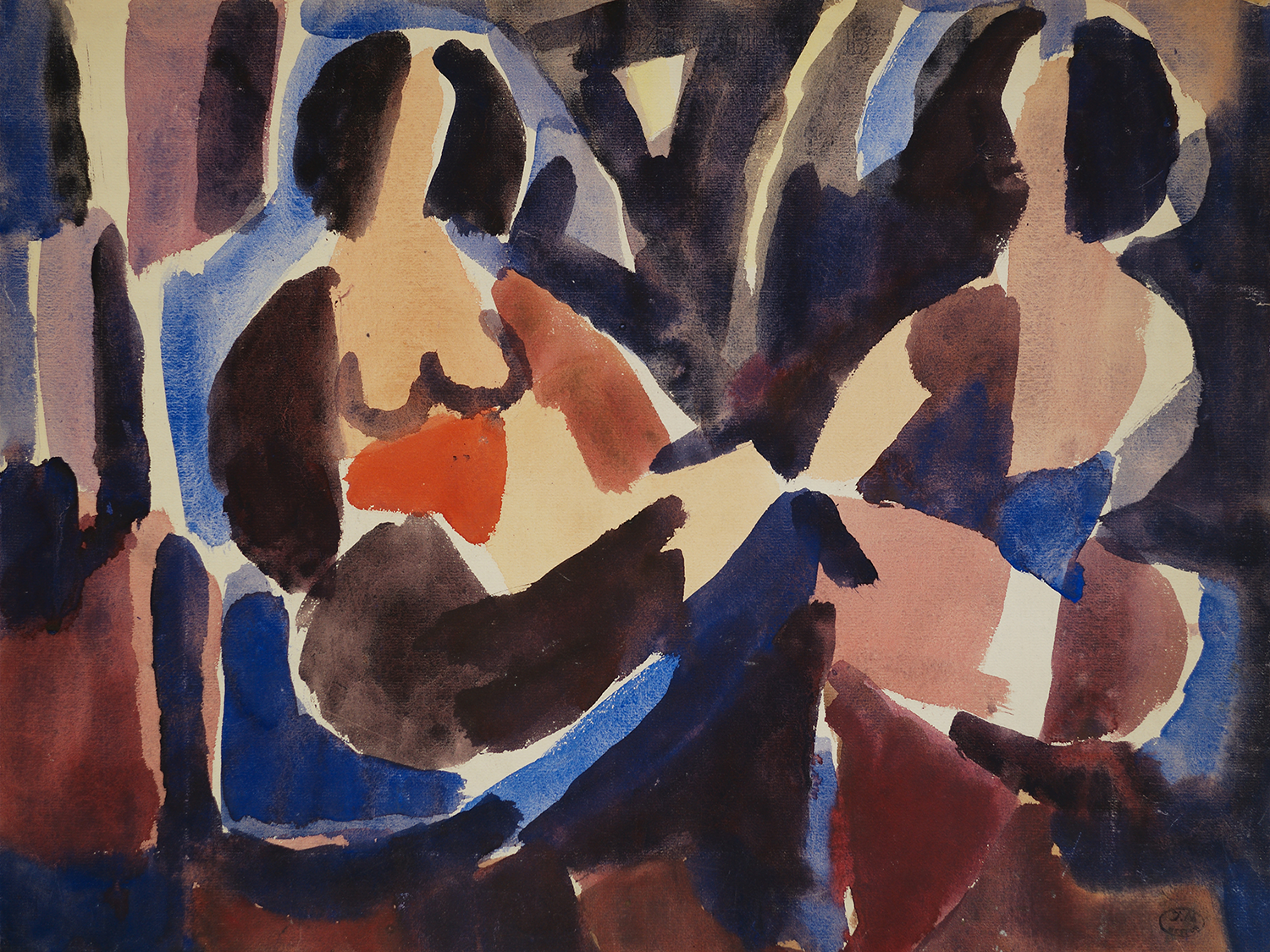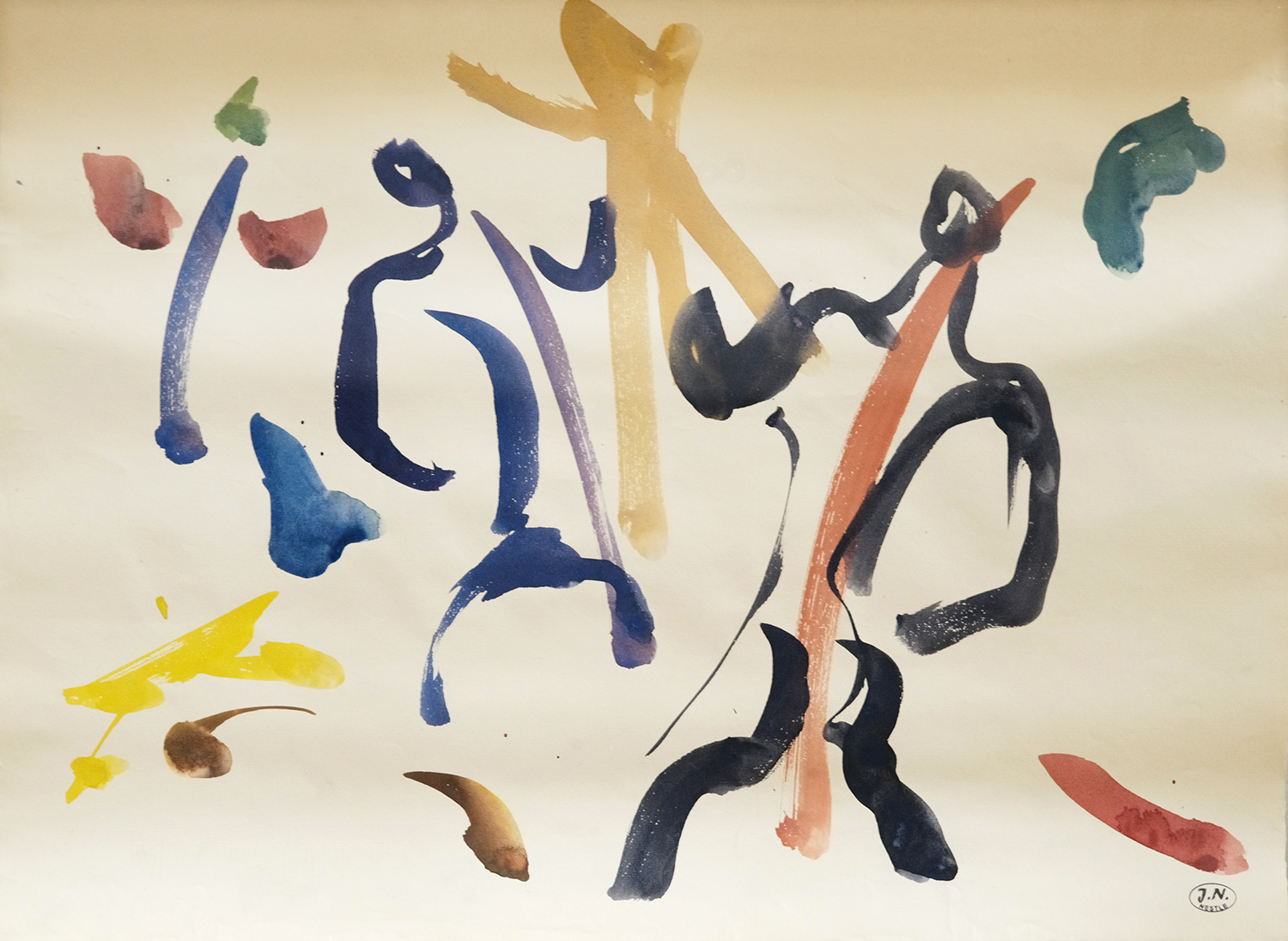Jacques Nestlé's Biography
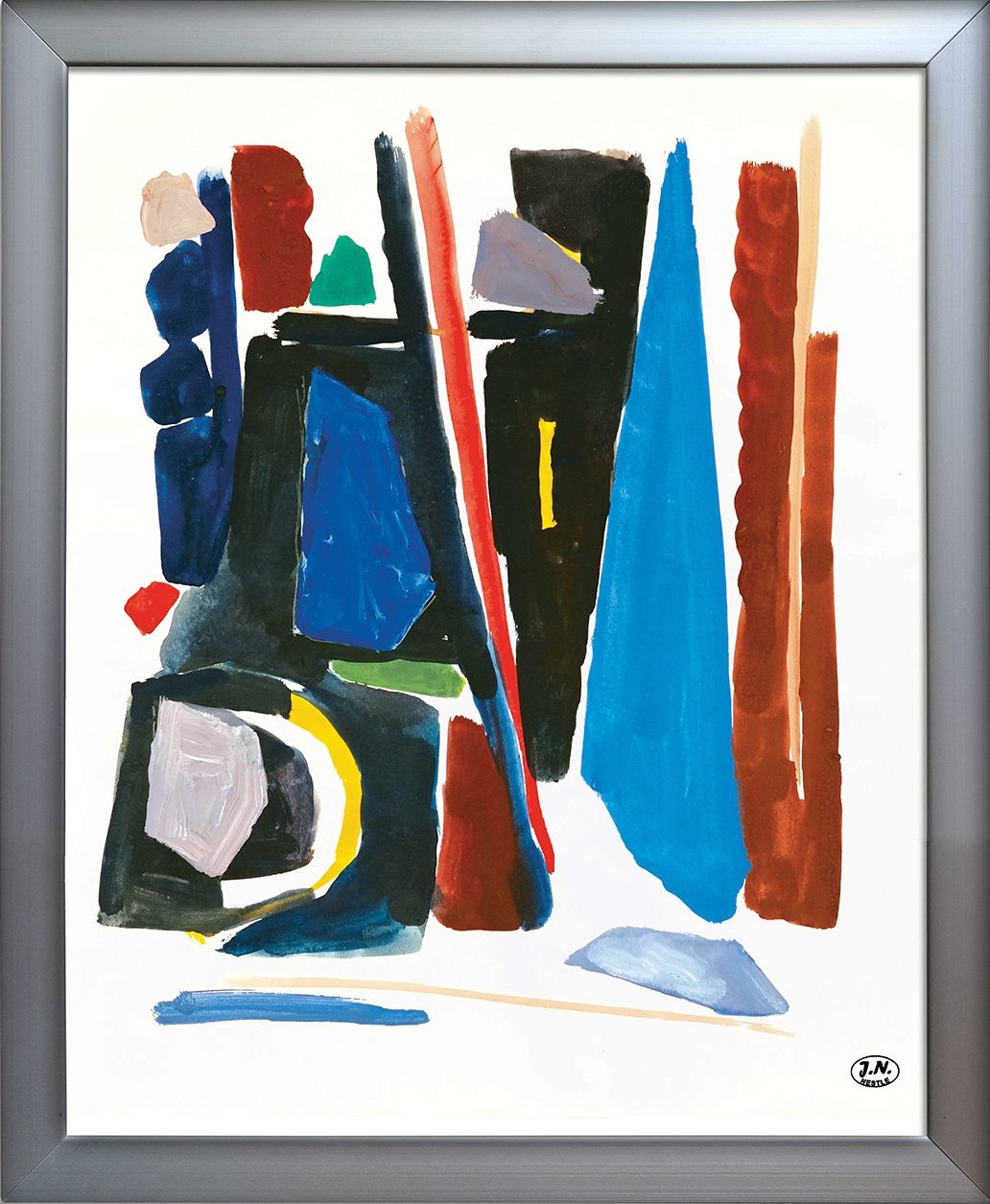
Jacques Nestlé was born in Saarbrücken, a German town in Saarland, near the borders of France and Luxembourg. His father, of Neapolitan origin, worked as a glassmaker, while his mother hailed from a local family, fostering a bilingual household where both French and German were spoken. Displaying an early artistic talent, Jacques, at the age of 16, ventured to Paris, immersing himself in the vibrant artistic community of Saint-Germain-des-Prés. Initially facing challenges securing employment, he eventually found work as a clerk in a lithographic printing shop, an opportunity that led him to a fortuitous encounter with the renowned artist Henri Matisse.
Matisse, after reviewing Nestlé's drawings, provided encouragement and invaluable advice: "Listen to everything that is said, look at everything that is done, and do what you want." Although Nestlé noted that he was already following this approach, Matisse remained a significant influence throughout his career.
Encouraged by sculptor Georg Kolbe, Nestlé relocated to Berlin at the age of 18. He exhibited four paintings at the Berlin Secession the following year, gaining favorable attention in German art magazines. Nestlé's artistic journey matured as he lived and worked among the artists of Berlin's Bauhaus and the avant-garde, drawing inspiration from figures like Kandinsky and Paul Klee. With the rise of fascism in the 1930s, Nestlé initially resisted the Nazis but soon found himself under threat, prompting his departure for Paris in 1933 with only a few paintings, monotypes, and woodcuts.
During his time in Germany, Nestlé worked as the chief decorator at two department stores, continuing this role in Paris, including contributing to the Exposition Internationale des Arts et Techniques dans la Vie Moderne in 1937. Despite his commercial work, Nestlé always considered himself a painter. Post-war in Paris, he created a series inspired by the city's reconstruction, featuring cranes and machinery interwoven with scenes of labor. Alongside this, he explored the female nude, echoing Matisse's pursuit of the perfect curve.
Recognizing Nestlé's talent, dealer and collector Daniel-Henry Kahnweiler expressed interest in promoting his work, similar to how he had done with Picasso, Braque, Derain, and Gris. However, Nestlé did not embrace this opportunity, describing himself as "Neither a painter nor an artist, I am simply a man who paints." After the war, he lived modestly on the proceeds from his art. In the early 1950s, Nestlé briefly experimented with geometric abstraction, but influenced by American abstract expressionism, particularly Robert Motherwell, he shifted toward a more spontaneous creative process.
From then on, Nestlé's art deliberately occupied a space between figurative and abstract, expressing inner emotions with elegance and restraint. Reflecting on his creative process, he stated, "Genius is the moment when art emerges in an instant of creation. And then, it belongs to all times, present and future, reflecting the artist struck by an irrepressible desire to paint outside of rationalization."
Jacques Nestlé passed away in Paris in 1991. Subsequent retrospective exhibitions of his paintings were held in 2009 in Berlin, 2012 at the Mairie of the 16th arrondissement in Paris, and 2013 at the Saarlandmuseum in his hometown of Saarbrücken.




















